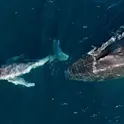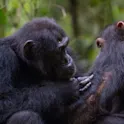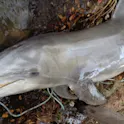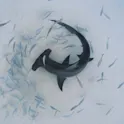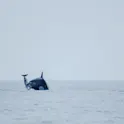
Life sciences
16 Jun 2025
“Chicken is her favorite dish. If one clucks, she comes”: how anacondas, chickens, and locals may be able to coexist in the Amazon
Dr Beatriz Cosendey is the author of a recently published Frontiers in Amphibian and Reptile Science article. In it, she and co-authors investigated the role of the anaconda as a mythical creature in Brazil’s Lower Amazon region, locals’ perception of the snake, and how better coops for chickens could play a vital role in the peaceful co-existence of people and snakes.

